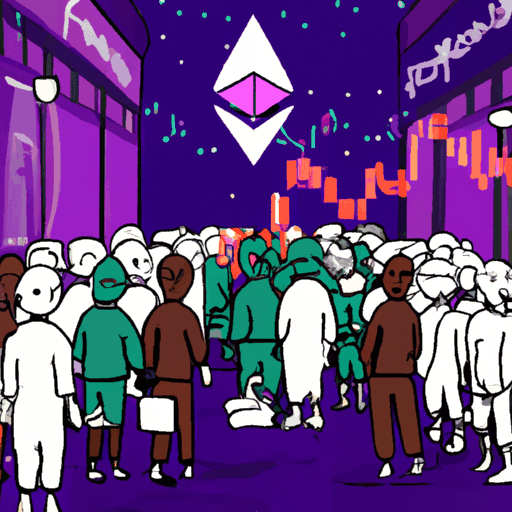
Ethereum Traders Surprised by Surge as Liquidations Soar
By: Eva Baxter
Recent market activity indicates a resurgence in Ethereum's price as whales capitalize on retail traders' skepticism. Despite Ethereum approaching its all-time high of $4,878, many retail investors remain doubtful of its rally's sustainability. According to crypto sentiment platform Santiment, social media chatter reflects a state of disbelief and fear among smaller investors, leading many to liquidate their holdings. This sentiment is echoed by the considerable volume of short positions liquidated, reaching over $294 million.
Santiment reports that as retail investors express FUD—fear, uncertainty, and doubt—large institutional buyers, known as whales, are taking advantage of the situation by accumulating more Ether. Historically, market cycles indicate that an overwhelming sentiment of disbelief or doubt can result in price movements contrary to popular expectation. This is particularly evident when short positions get liquidated en masse, adding to upward price pressure. In the past day, Ethereum short liquidations alone represent almost half of all crypto liquidations, a clear sign of these market dynamics at play.
The behavior of retail traders often acts as a contrarian signal for larger market players. When traders exhibit extreme bullishness—interpreted as signs of greed—the market can reverse sharply with sell-offs; the current scenario is reflecting the opposite, with skepticism leading to price gains. Analysts suggest that this disbelief in the rally by retail traders may continue to fuel price gains as whales maintain their buying spree.
The increasing scale of liquidations and the behavior of whales underline a critical phase for Ethereum. For those monitoring the cryptocurrency markets, understanding these dynamics is crucial, as it portrays a significant inflection point. With Ethereum marching towards new highs, industry observers underscore the importance of sentiment analysis in predicting market trajectories. Investors are encouraged to remain vigilant, anticipate potential market shifts, and consider the broader implications of retail sentiment counterbalanced by whale activity.



